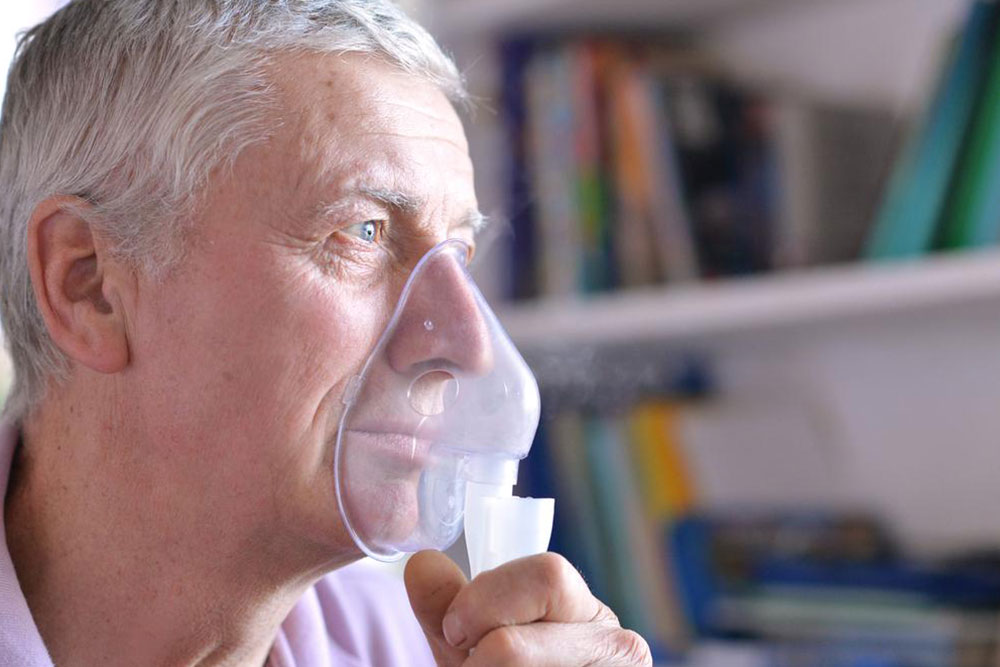Essential Insights into Bronchiectasis: Causes, Symptoms, and Management
Discover vital facts about bronchiectasis, including its causes, symptoms, and treatment options. Learn how this lung condition develops and ways to manage it effectively with medical support, healthy lifestyle choices, and airway clearance techniques. Early diagnosis and proper care can help control symptoms and improve quality of life for affected individuals.

Key Facts About Bronchiectasis
When breathing, airborne particles can get trapped in mucus within the airways. People with bronchiectasis, however, struggle with this process due to lung damage that causes airways to widen or form pouch-like structures. This impairs mucus clearance, increasing infection risks and leading to bacterial growth that worsens inflammation and lung injury.
Stages of the Disease Bronchiectasis develops through two stages of airway deterioration. The initial phase involves infection or inflammation damaging lung tissue, raising inflammation and infection recurrence, which then progresses into the second, more severe stage of persistent airway damage.
The first stage increases vulnerability to inflammation and infections that accelerate lung damage. Various factors can cause bronchiectasis, including unknown origins in up to 40% of cases. The condition is frequently linked to cystic fibrosis, autoimmune diseases, and other health issues, such as:
Autoimmune conditions
Immunodeficiency disorders like HIV or diabetes
Inflammatory bowel diseases such as Crohn's or ulcerative colitis
Allergic bronchopulmonary aspergillosis—an allergic lung reaction
Women are generally at a higher risk, though men can also develop the disease
Having recurrent infections, additional health problems, or airway obstructions—like benign growths—may also contribute to bronchiectasis. The disease can be categorized based on the extent of airway damage: cylindrical (mild) and cystic (severe). Additionally, other forms include focal (localized) and traction bronchiectasis caused by lung scarring.
The condition develops gradually, with primary signs often including a persistent cough and mucus production daily. As it worsens, symptoms may include shortness of breath, fever, blood in mucus, fatigue, wheezing, nail clubbing, chest pain, and foul-smelling sputum.
Treatment focuses on managing symptoms and preventing complications. Antibiotics are frequently prescribed based on infection severity and bacterial resistance. Mucus-thinning agents, inhaled medications, and airway clearance techniques—such as chest physiotherapy or devices—are also common. In severe cases, supplemental oxygen or surgery might be necessary.
Long-term management involves working closely with healthcare providers, maintaining a healthy diet, staying well-hydrated, adhering to medication regimens, and keeping up-to-date with vaccinations. Flare-ups can occur despite precautions, requiring prompt medical attention if symptoms change, such as increased mucus, fever, or worsening breathlessness.
Note: This information is for educational purposes only. Always consult licensed healthcare professionals for diagnosis and treatment decisions.










